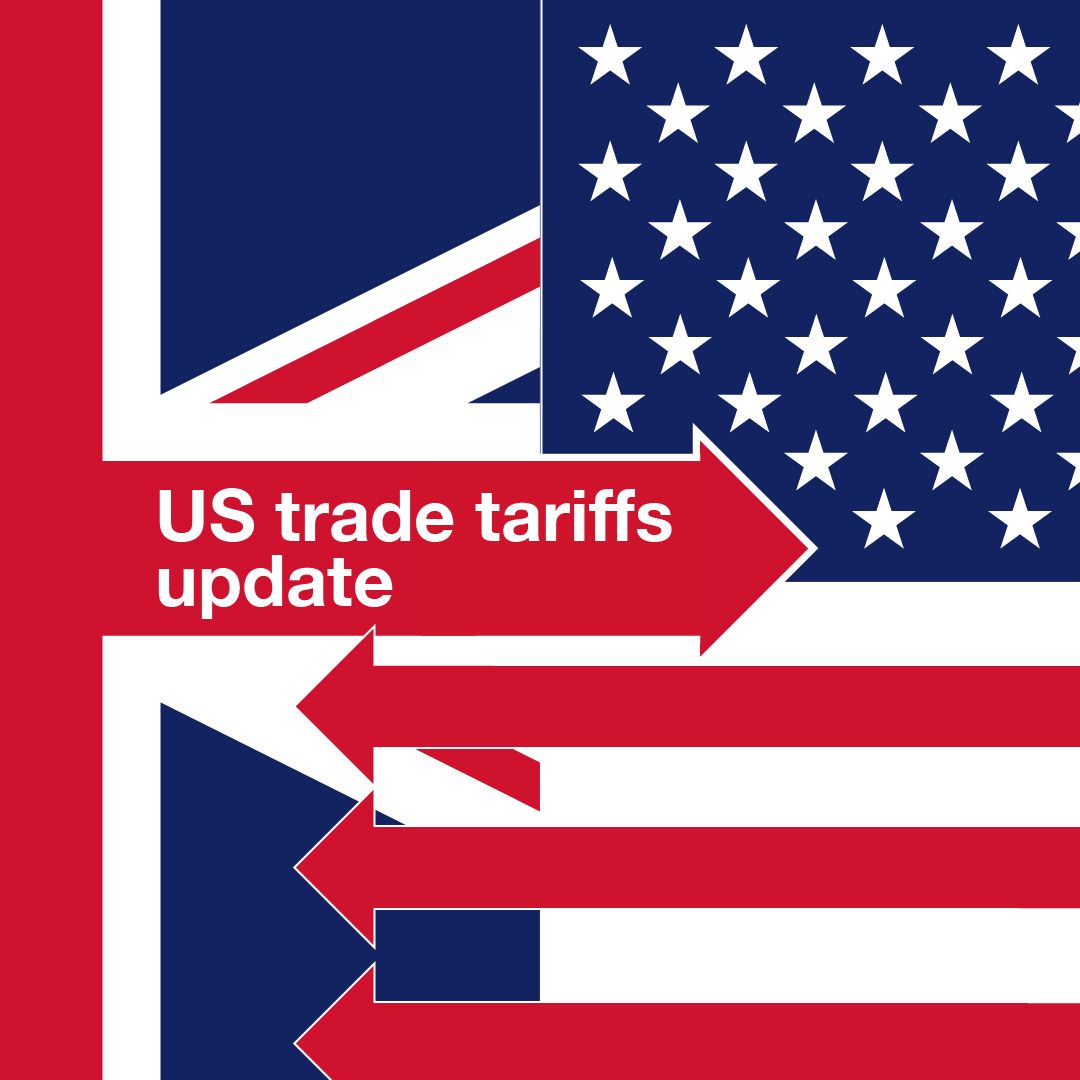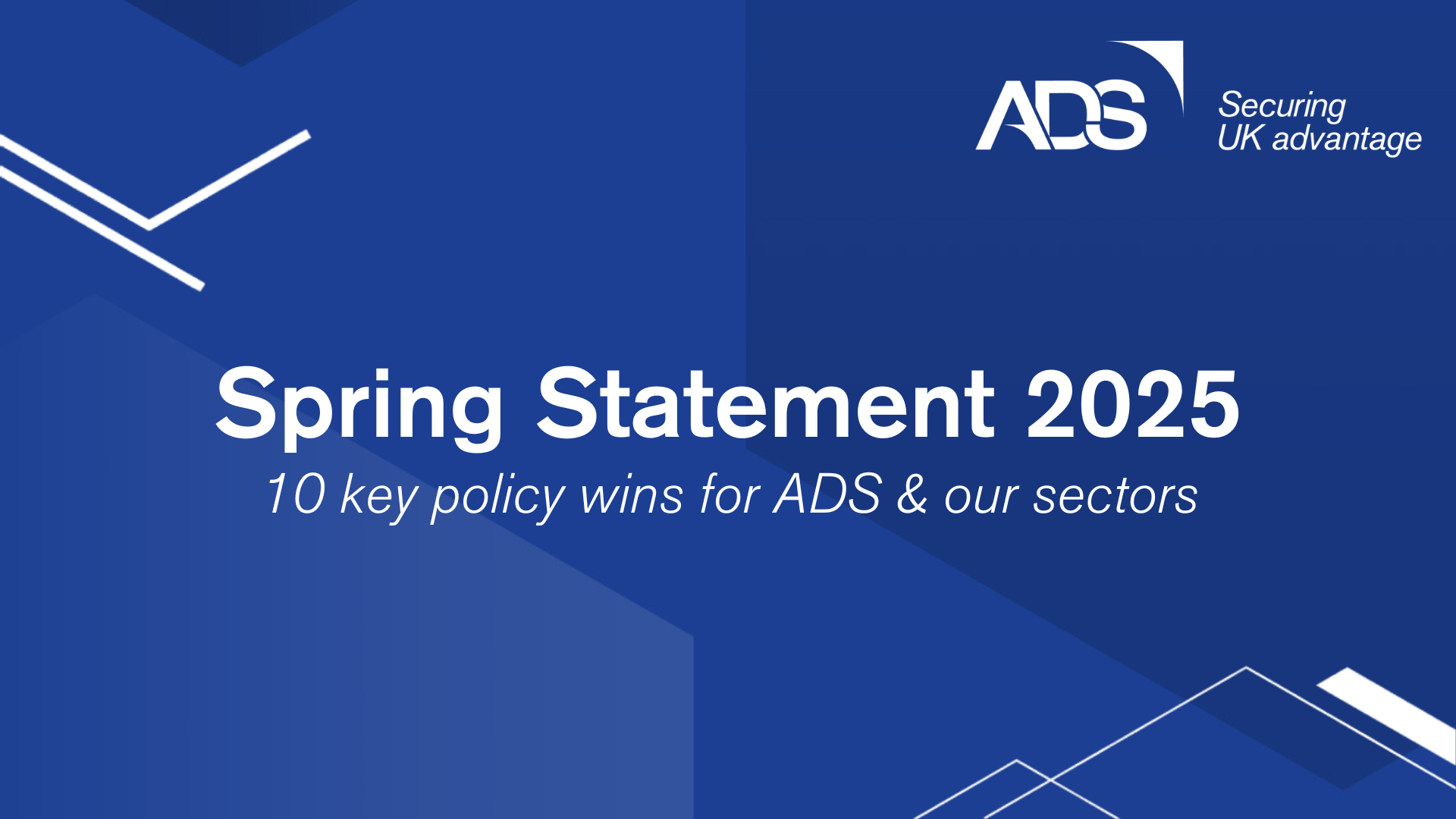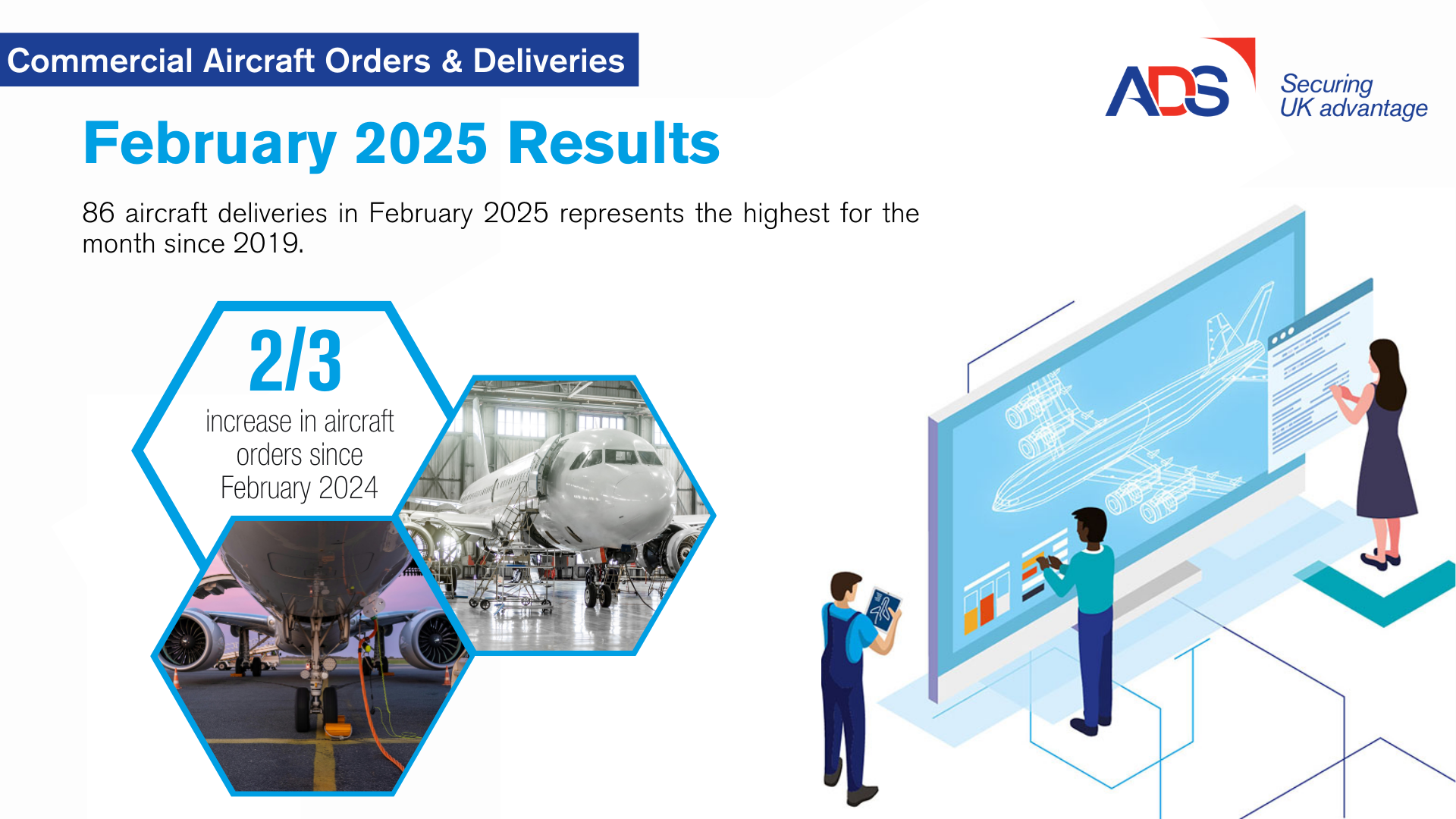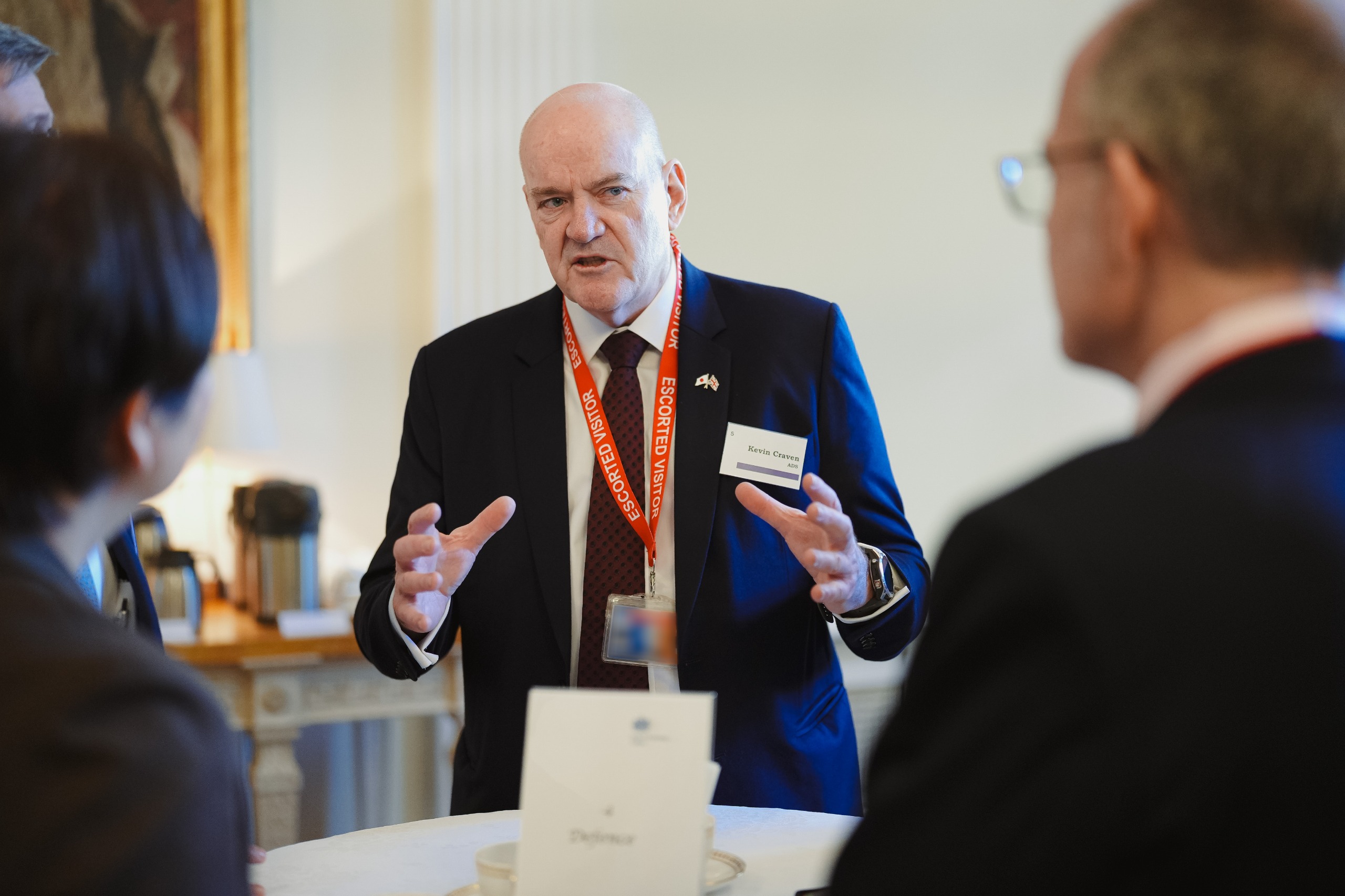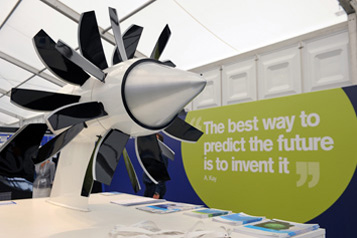
Written by Chris Tycer, Aerospace Engineer at QinetiQ and member of the NPF committee.
New Professionals Forum at Farnborough Friday
On Friday 24th July the New Professionals Forum held an innovation event as part of Farnborough Friday. The event, titled “Green Recovery: How can aerospace become sustainable?”, looked at solutions that can enable the UK to achieve its challenging aviation carbon emission targets. One of the most interesting topics was on Sustainable Aviation Fuels (SAF) by Keith Bushell, UK Environmental Affairs Stakeholder Manager at Airbus. After the event I had the chance to ask him a few further questions.
“What research are Airbus currently undertaking, with regards to sustainable propulsion technologies, and what is your take on hydrogen as a fuel?”
Short Term
In the short term SAFs are the only solution to significantly reduce aviation carbon emissions. The technology is available now and can be implemented in all aviation sectors, from general aviation to long haul. Work is ongoing to support SAFs in reaching their full potential. This includes research into improving their production methods and investigating how scaling can be achieved, e.g. what infrastructure is required.
Long Term
Power to liquid SAF, where electricity is used to synthesise hydrogen (which needs to come from a ‘green source’) and carbon (which could be from waste gasses or even captured directly from the atmosphere) into a synthetic aviation fuel, has the best long term potential for long range aircraft, and is therefore an area of interest for Airbus. However, to be a truly carbon neutral solution the grid needs to be de-carbonised. In the UK this will require large investment to increase the production of renewable energy.
Electrification
Full electric propulsion is likely to only be viable for short range aircraft, but this does not mean it is not a great propulsion technology. In short range aviation markets (general aviation, business, urban air taxis, etc.) there could actually be competing technology, which could drive gains in the longer range sectors.
Hydrogen Fuel
Hydrogen has great potential, especially for short-medium range aircraft such as regional transport. In these sectors aircraft utilising 100% hydrogen burn could be introduced. For single isle aircraft a mix of energy source is likely to be required. Unfortunately hydrogen’s energy density is lower than Kerosene/SAF so there will be a limit on aircraft range, or a trade-off, with larger planes transporting fewer passengers as the space and mass is taken up by hydrogen fuel. The high volume-to-energy characteristics of Liquid Hydrogen (LH2) means that hydrogen aircraft will need to carry a larger volume of fuel to that of an equivalent conventional fuel aircraft.
“How do SAFs compare to traditional fuels in terms of performance?”
Simply put, from an energy perspective, nothing! Kerosene is not a single molecule so depending on the crude oil source and refinement process it can have a range of energy density. The certification requirements for SAFs state that they have to have an energy density within the range of aviation standard kerosene.
“Currently, depending on the SAF, the maximum blend of SAF and kerosene is restricted to 50-50. What barriers there are to achieving 100% SAF in fuel tanks?”
Chemistry
Kerosene contains a range of carbon chain molecules, synthetic fuels do not have this variety. Of note they lack aromatic hydrocarbon rings and sulphur compounds. Respectively, these aid engine sealing and lubrication. The impact of SAFs lacking variety of chemistry over an engine’s lifetime is not yet fully understood and therefore testing needs to be done to find / with safe and environmentally friendly additives.
Certification Standards
The current certification standards for SAF are very rigorous, to maintain aviation’s high safety standards. Further time, work and investment is required to develop our understanding of the different SAFs and their full lifecycle. Then evidence can allow regulations to change.
Supply and Demand
Today SAFs cost around three times more than kerosene. As fuel cost is such a large proportion of airlines’ operating costs, there is a financial barrier. Therefore, to encourage uptake of SAFs there needs to be a global mandate or similar market based measures put in place to stimulate the demand.
Further reading
It is clear that SAFs have an important role in the future of aviation. Whilst they are a readily available resource, more investment in green energy production and scaling infrastructure is required to capitalise on the great work already done by industry and academia.
If you missed the event it can watched here, or, if you would like to learn more about SAFs, ADS has a great article you can read here.

